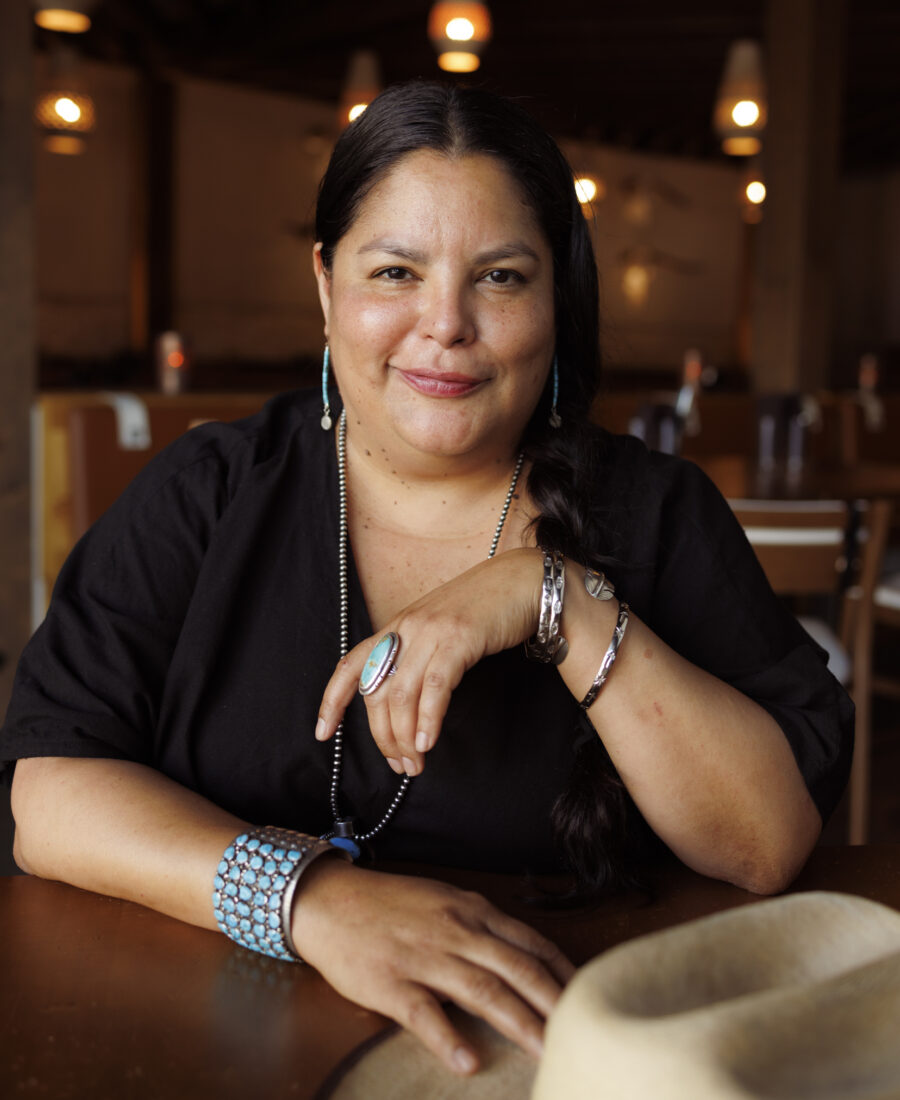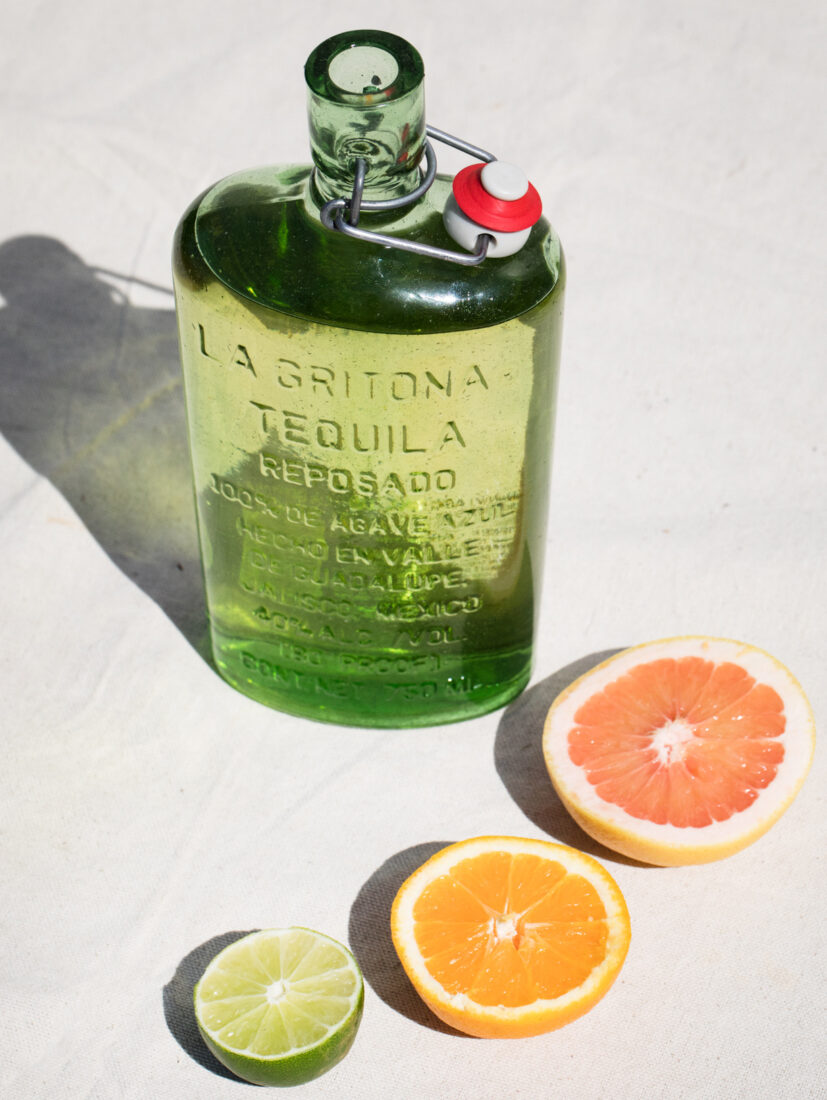If green margarita mix drowning warm, bottom-shelf liquor or salty shots tossed back with a lime and a wince sound familiar, you’re not alone. Just about everyone has an unfortunate tequila story. But what is tequila’s story? How many of us have savored it in the same methodical, intentional way we taste bourbon? We consulted tequila enthusiasts around the South to compile a guide to getting to know the beloved—if occasionally misunderstood—spirit a little better.
Know what you sip
Before you start living out your cowboy dreams, you’ll want to brush up on the basics. Any spirit calling itself tequila must be produced from blue agave in the state of Jalisco, Mexico, the scorching desert region where these large, teal-tinted beauties thrive. Farmers cut off the spiny leaves to get to the piña, or core, of the plant, which is, to make a long story short, baked, crushed, fermented, distilled, and matured.
As with wines and whiskeys, aging tequila impacts quality and taste. Less than two months of maturation gets you silver, blanco, or plata tequila; two months to a year in wooden barrels and you have a lovely caramel-tinted reposado (“rested”); one to three years results in the smooth añejo (“old”); and beyond three years produces the darkest, wisest, most respect-commanding extra añejo tequila.
Of course, there are other agave-derived spirits that are not tequila. Take it from Patricia “Patty” Arrendondo, a half-indigenous, half-Spanish Texan and general manager of the celebrated Rancho Lewis restaurant in Charleston, South Carolina. She’s a fan of “the vastly flavorful yet overall sweeter raicilla, the smooth and earthy bacanora from Sonora, Mexico, and pulque, a milky-looking beverage made from fermented maguey sap,” she says. Tequila’s wild cousin, sotol, a bright, grassy spirit harvested from the “desert spoon” plant in northern Mexico, also has a special place in her heart and on Rancho Lewis’s menu.

A note on a myth: Tequila, like all liquors, is a depressant. It gets its false reputation as an “upper” from the common method of consumption. “Tequila is one of those spirits with a reputation for shooting. We imagine someone whipping it back, wiping their mouth with the back of their hand, and declaring, ‘All right, I’m ready to go hit the town,’” Arrendondo says. “Of course if you shoot anything that fast, you’re gonna feel rowdy.”
That’s not to say it can’t give you a body buzz. “For me, certain mezcals, like Del Maguey Chichicapa, give me a lovely skin feeling,” she says. “When I say this to people from Texas or the border or from Mexico, they understand it. But I’m slowly sipping this throughout the span of several hours—I’m not shooting it.”
Start tasting
Arrendondo has some advice for where to begin your tasting journey: “Find somewhere that does a one-ounce pour, like Rancho Lewis. Usually they’ll have knowledgeable people behind the bar that love talking about this stuff. Maybe you’ll notice that highland tequila is sweeter, while lowland tequila is earthier.”
She also suggests starting with 100 percent blue agave tequila, to never mix añejos, and to taste for nuances by savoring before swallowing. “When I refer to a shot of tequila, I mean a traguito or a caballito, which is a small serving of tequila sipped neat in a glass,” Arrendondo says. “I’ll take a nice hearty sip and inhale through my nose, let it sit, swallow, breathe out.” When the call for tequila shots rings out, does she throw one back? “Yes, I do, sometimes,” she says with a laugh.
Of course, you can also savor the taste at home. Ask Arrendado her favorites brands, and you’ll get a layered answer:
• For mixing, try popular blancos like Lunazul and Espolòn.
• Pair Herradura Reposado with fresh grapefruit juice, grapefruit soda, and a salted rim for a perfect paloma.
• For a taste of straightforward agave, “G4 Organic is delicious,” Arrendondo says.
• To support a great brand, try La Gritona, which translates to “the woman who yells” and boasts a nearly all-female staff. “At the moment, it only comes in reposado, so it is great for sipping and adds a fiery note to margaritas. It’s a lot less sweet than other tequilas,” she says.
• For a special treat, ArteNOM puts out a limited release of numbered bottles about every month. “They’re like a once-in-a-lifetime adventure,” she says. “Those are beautiful on just one big ice rock in a glass to sip on.”
Fall in love with mezcal
Mezcal isn’t just a smoky subset of tequila; in fact, the opposite is truer, says Angela Salamanca of Gallo Pelón, a funky mezcalería in Raleigh, North Carolina. “Mezcal in general is distilled agave from Mexico, and tequila, which can only be made from blue agave, is actually a small subcategory of mezcal,” she explains. In other words, tequila is to mezcal what bourbon is to whiskey.

Because mezcal can be made from many different species of agave (there are about two hundred!), its flavor can vary vastly between bottles, though most owe their smokiness to slow-roasting. It’s also less likely to be processed industrially, which is why it’s a bit harder to get your hands on here in the United States than tequila. Salamanca recommends drinking the Oaxacan spirit straight to get that breathing-fire-but-in-a-good-way feeling, though sipping it on the rocks is okay too. In cocktails, mezcal deserves gentle treatment; go for something stirred and with minimal ingredients rather than burying its nuances in a punchy frozen drink.
“Nothing beats sitting on the patio on a spring night with a single pour of mezcal. It’s pretty magical,” Salamanca says. She highlights a few of her favorite brands:
• Buying a bottle of Banhez supports a good cause: Company founder (and mayor of Ejutla, Mexico) Francisco Javier Perez Cruz created the Oaxaca Mezcal Maguey Council, which helps fight corruption in distilleries.
• Each unique bottle of Mezcal Vago specifies the name of the mezcalero or mezcalera, the agave and distillery type, and the subregion in which the agave was grown and produced.
• Salamanca loves the soft, sweet flavor and cidery nose of Espadín Manzanita by Wahaka Mezcal, produced by an indigenous Zapotec family using organic heirloom apples.
Explore infusions
It’s not surprising that Texas teems with tequila aficionados. Andy Reinhardt is one of them. The bartender at La Condesa in Austin, Texas, proposed to his wife with a bottle of Del Maguey Chichicapa, a hand-crafted mezcal from a small town near Mexico City.

La Condesa’s extensive beverage menu features Reinhardt’s favorite cocktail, El Cúbico, which is made with tobacco-infused reposado tequila and vanilla brandy, among other ingredients. While tobacco isn’t the easiest infusion for a beginner, Reinhardt lays out tips for concocting simple infusions in the comfort of your kitchen.
• Start with blanco tequila that’s not necessarily top-shelf. “For at-home tequila infusion, you want to start with something without so much character already,” he advises.
• You can infuse just about anything. “If you can smell it, you can taste it,” he says.
• Try peeled ginger, seedless chopped spicy peppers, thinly sliced citrus, and herbs like rosemary, sage, mint, and basil (stems and all) for classic, aromatic infusions that only need a few hours to a few days. Fruits like muddled strawberries, pineapples, whole blackberries, and dates add depth to tequila’s natural sweetness, and steep time can vary from a few days to over a week. Cucumbers and vegetables like coarsely chopped celery or bell peppers make refreshing infusions, which prefer to sit for a week or more.
• The general rule is one part infusing agent to two parts tequila for the stronger flavors like chilis and herbs, and equal parts for ingredients with less gusto, like soft fruits.
• Start with small batches in glass jars to see what you like, store at room temperature, shake once a day, and taste as they age.
• Once you’ve achieved that perfect balance, strain the mixture to stop the process and store in the fridge.
• Reinhardt’s favorite at-home infusion? “Grab a handful of strawberries, dried figs, and your favorite blanco tequila. Give it a try every few hours to see how intense of a flavor you prefer, and enjoy!”
Mix up the perfect cocktail
Many tequila-based drinks are bright and fun, inciting sun-kissed memories even on the most frigid days. None is more beloved than the margarita, which became the drink of choice during Prohibition for Americans crossing the border for a buzz. Today, we can enjoy endless variations of the classic combo of tequila, lime juice, and agave:
• This classic margarita was created by a former board member of the Tequila Interchange Project, an organization dedicated to sustainable production.
• Try a Smokin’ Margarita with fresh raspberries and a jalapeño kick courtesy of a stylish Fort Worth hotel.
• Get your vitamins with this surprisingly tasty Beet Margarita from Charleston’s Basic Kitchen.
• The Ring My Bell margarita from Tuscaloosa incorporates a DIY bell pepper syrup.
Arguably the salt-rimmed star of summertime, the paloma originated as a simple mix of grapefruit soda, lime juice, and tequila. Try these variations from around the South:
• This easy, tart Texas paloma uses fresh grapefruit juice for extra oomph.
• Add a little heat with a Spicy Shrub Paloma from Miami.
• This sunset-colored version uses orange liqueur and a dash of bitters.
Mix up your own mezcal cocktail with one of these G&G-approved recipes:
• Sweet, tart, floral, hot, smoky: This passionfruit and chile Mezcal Mule hits all the notes.
• Bump up mezcal’s signature flavor with this Liquid Smoke Cocktail from New Orleans.
• Use your new infusion skills in a simple pineapple-infused mezcal cocktail.
Try tequila in your favorite classic cocktails:
• This Tequila Old Fashioned uses a smooth, oaky añejo in place of bourbon.
• Liven up brunch with a Mexican 75 from the beverage director of Bluepoint Hospitality in Easton, Maryland.
• The South’s beloved iced tea and lemonade drink gets a Mexican makeover with an Atlanta chef’s Eddie Palmer.








